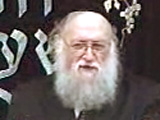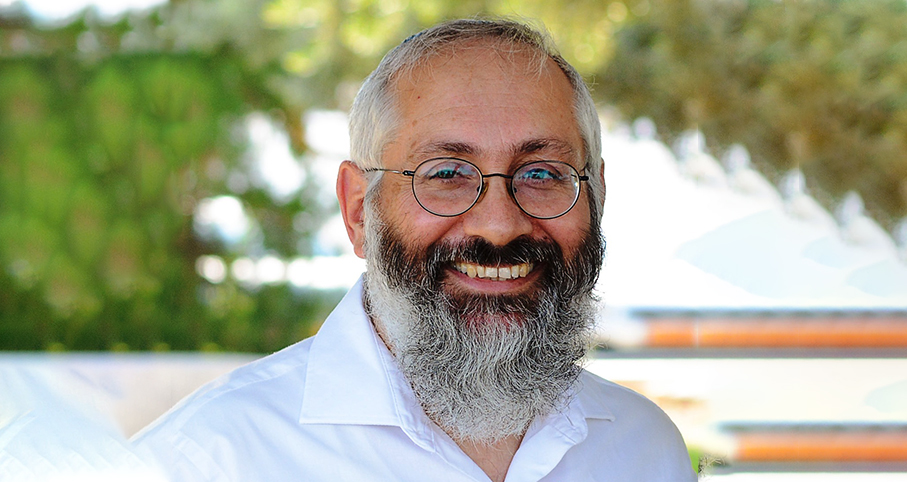Beit Midrash
- Sections
- Chemdat Yamim
- Parashat Hashavua
- Torah Portion and Tanach
- D'varim
- Ki Tavo
Yerushalayim is mentioned many hundreds of times in Tanach but never by name in the Torah. P’sukim from Parashat Ki Tavo demonstrate the Torah’s code words for what would prove to be Yerushalayim, and why those words were chosen. The term "the place that Hashem will choose" is stressed in Devarim 12. It does not explain, though, what the place is and what is special about it. As our teacher, Nechama (Leibowitz), taught us, we will find the instructive word(s) that hold the key.
The letters sin/shin mem are found eleven times in the most central section of the description of a place for Hashem’s Presence to dwell and the place to worship Him (Devarim 12:5-14), with different forms and meanings – sham, shama (there); shmo (His Name), lasum (to place). The word makom (place) appears three times. We find these words/roots in Devarim 16, regarding the Pascal lamb, as well as in our parasha (Devarim 26:1-2). These words’ appearance regarding Yaakov’s dream in Sefer Bereishit likely tipped off Chazal and many commentaries to identify the location as Yerushalayim.
Makom can refer to a geographical place, but Chazal also saw it as a reference to Hashem. In the context of Yaakov’s dream, a midrash explains it as Yaakov praying to Hashem (Bereishit Rabba 68:9). It explains that He is called a makom (place) because He is the makom of the world, and the world is not His makom (does not delineate Him). This powerful word, then, teaches that one needs to find the physical place behind the spiritual phenomenon, especially the "meeting" with Hashem.
The words sham, shama, shem, and shmo are also profound. One can argue that the word shamayim (heaven) is the plural of the word sham (there). It can mean that from a geographical perspective, it is "there," i.e., not on the land, and in the spiritual context, it is a reference to Hashem, for when we want to "meet" with Him, we turn to the heavens. The place of the Mikdash in Yerushalayim is the makom where the physical land meets the spiritual shamayim. Therefore, when David found out the special quality of this location, he understood that this is the place to build the Beit Hamikdash. That is why in the section of Tanach in which we see how the location is chosen, it says: "David raised his eyes and saw the angel of Hashem standing between the land and the sky " (Divrei Hayamim I, 21:16).
The task of the Beit Hamikdash is to connect, especially between Hashem and Am Yisrael. Yerushalayim functions on two levels, Yerushalayim of above and Yerushalayim of below (see Tehillim 122:3). It also connects the whole Nation of Israel, at every time and in every place. Let us join in "building the Mikdash" by uniting Am Yisrael. Let us stress that which connects us, and handle our disagreements with mutual respect and unbounded love.

Parashat Hashavua: How to Ensure a Future of Torah
Rabbi Yossef Carmel | Cheshvan 5786

A Craftsman Is Not Just a Worker
Rabbi Yossef Carmel | 5775

Parashat Hashavua: Divinely Ordained Sibling Deceit
Rabbi Yossef Carmel | Cheshvan 5786

Why Do Children Start With Vayikra?
Rabbi Shaul Yisraeli zt"l | 5771

Rabbi Yossef Carmel
Head of "Eretz Hemda" Dayanut Kollel

The Nazir’s Sacrifice
Parashat Naso
Sivan 5763

Parashat Hashavua: A Torah of Life – part V – More on Yehoshua
Tammuz 5785

The Danger of the Fear of High Places
Parashat Vayetze
5764






















